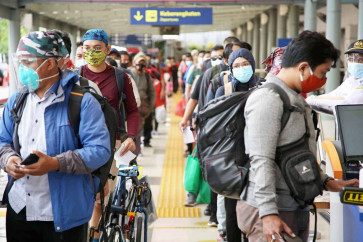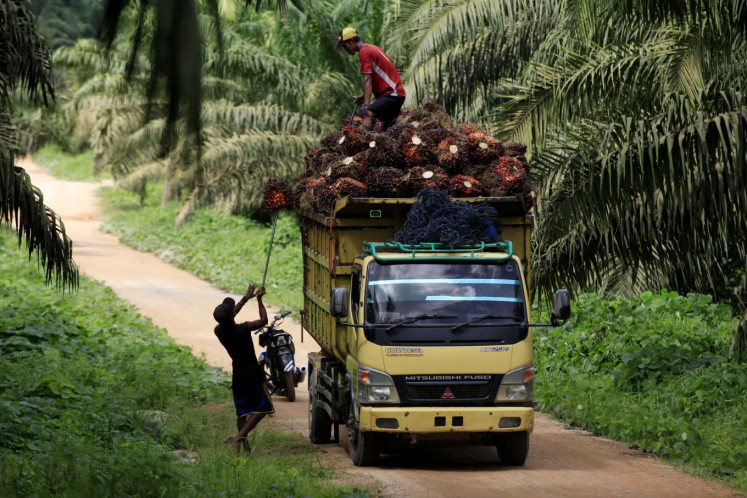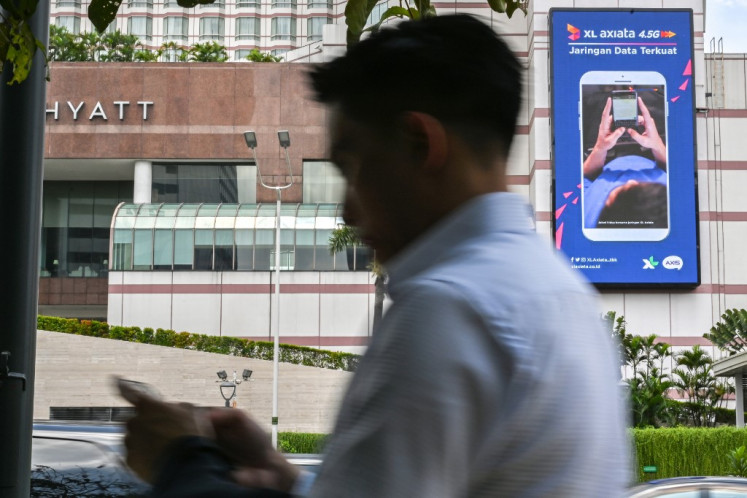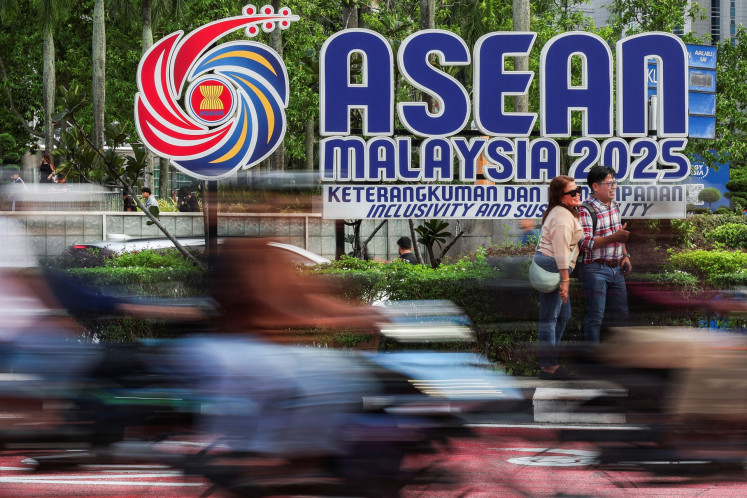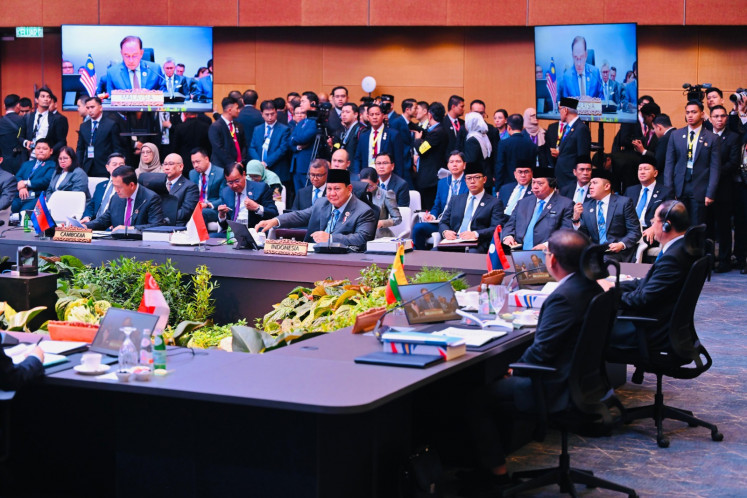Popular Reads
Top Results
Can't find what you're looking for?
View all search resultsPopular Reads
Top Results
Can't find what you're looking for?
View all search resultsKAI to lead Indonesian consortium in high-speed rail project with China
With KAI in charge of the Indonesian consortium, PT Pilar Sinergi BUMN Indonesia (PSBI), the government is also planning a state capital injection to relieve the railway operator of financial pressure.
Change text size
Gift Premium Articles
to Anyone
With the Jakarta-Bandung high-speed railway project drawing closer to completion, the government wants to put state-owned PT Kereta Api Indonesia (KAI) in charge of a consortium of four state-owned enterprises (SOE) that holds the majority stake in the Indonesian-Chinese project.
Deputy SOE Minister Kartiko Wirjoatmodjo said the shift was hoped to solve many problems surrounding the project, from a lack of funds to operational issues, as construction was more than 74 percent complete.
With KAI in charge of the Indonesian consortium, PT Pilar Sinergi BUMN Indonesia (PSBI), the government is also planning a state capital injection to relieve the railway operator of financial pressure.
“We are planning to make KAI the leader of the consortium [PSBI]. We are devising a new presidential regulation for KAI to become the main player, to solve [the remaining problems] and to operate the high-speed trains,” Kartiko told lawmakers during a meeting at the House of Representatives on Thursday.
Read also: Accelerating the $6.07b Jakarta-Bandung high-speed railway project
State-owned construction company PT Wijaya Karya (WIKA), with a stake of 38 percent in PSBI, has been leading the consortium so far, followed by KAI and state-owned plantation company PTPN VIII with 25 percent each and state-owned toll road company PT Jasa Marga holding 12 percent.
PSBI holds 60 percent of the Jakarta-Bandung high-speed railway project, while China Railway International holds 40 percent. The railway service is meant to cut travel time between Jakarta and the West Java capital of Bandung to 45 minutes from currently around three hours.
When contacted by The Jakarta Post, KAI and the SOE Ministry were not immediately available for comment as to how giving KAI a leadership role in the project would affect the other shareholders.
By putting KAI in charge of the SOE consortium, the government aims to solve at least three problems.
The first is a lack of base equity due to misallocation and a legal study error at the outset of the project that caused the consortium to fail to provide the necessary amount of equity. That problem is to be solved with a Rp 4.36 trillion (US$299.77 million) state capital injection into KAI.
The second is a cost overrun estimated at $1.4 billion to $1.9 billion due to delays in land acquisition blamed on overly optimistic planning. The government is negotiating with China Development Bank (CDB) to finance 75 percent of the overrun cost so that the government would only need to provide an additional Rp 4.1 trillion through a state capital injection for KAI.
Read also: High-speed rail project gets new chief after hitting buffers
Third, the government fears an initial cash deficiency in the operational phase. China has offered to provide cash deficiency support (CDS) through a loan from CDB but demands the creation of a sinking fund with KAI as the host, which has prompted the government to provide assurance.
“We have discussed the possibility of negative cash flow at the beginning of the operation. To solve it, we have a financing scheme through CDB,” Kartiko said.
The government also faces a budget overrun with another project involving KAI, namely the LRT, caused by delays in land acquisition and construction interest expenses. To solve that problem, the government plans to provide another state capital injection of Rp 2.7 trillion through KAI.



